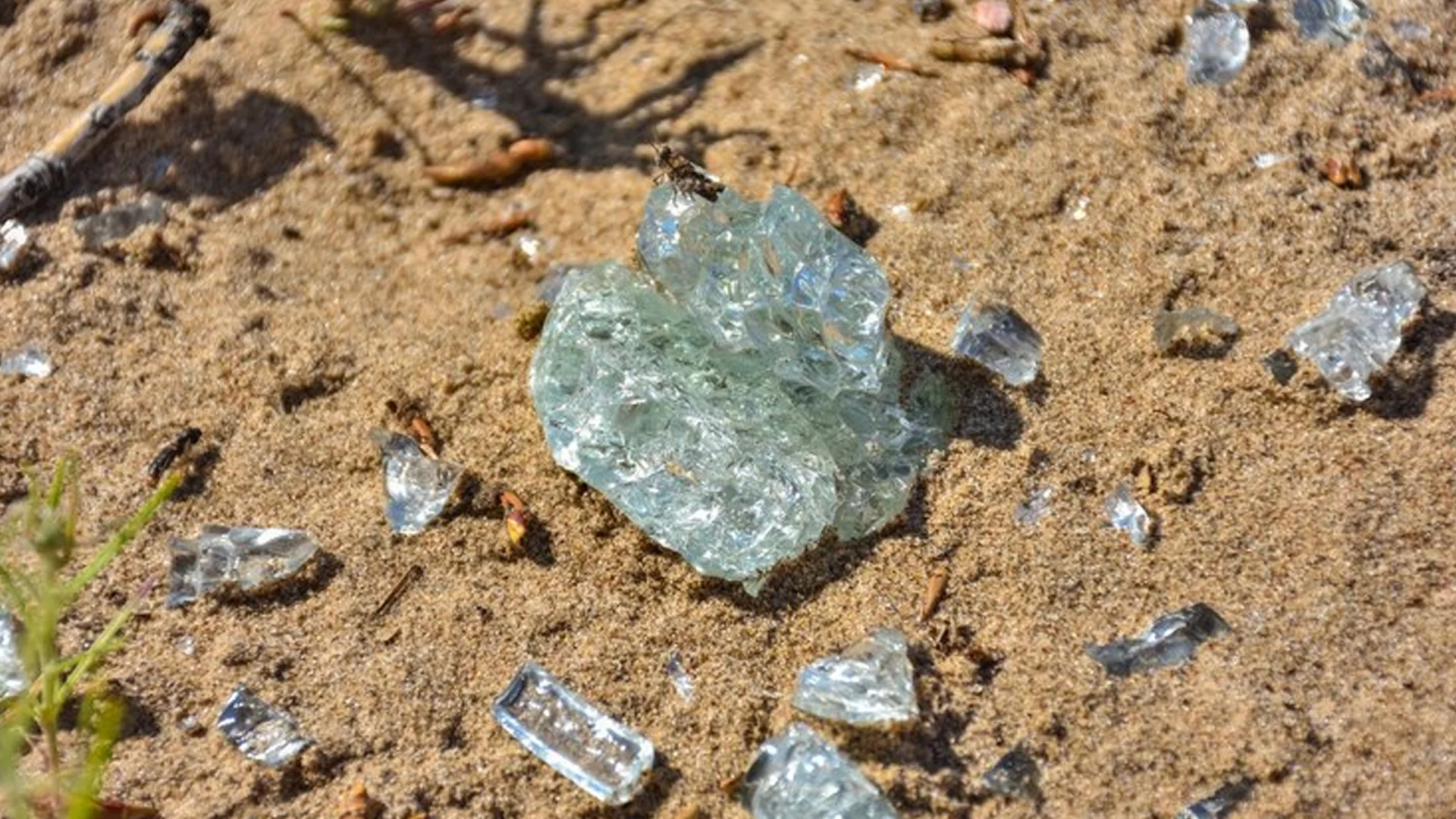Enhydro, often referred to as nature’s hidden water crystals, offers a fascinating glimpse into the interplay between geology and hydrology. These unique formations are more than mere geological curiosities; they serve as a testament to the incredible processes that shape our planet. In this article, we will explore what enhydros are, how they form, their significance in the natural world, and their various applications.
TRENDING
Exploring Gnatathan: Meaning, Uses, And Significance
What Are Enhydros?
Definition
Enhydros are natural geological formations that contain trapped water within mineral structures. This water can be found in various types of crystals, such as quartz, calcite, and zeolites. The term “enhydro” is derived from the Greek word “enhydros,” meaning “water within.” These formations are particularly captivating because they encapsulate liquid water within solid minerals, creating a microcosm of hydrological activity.
Characteristics of Enhydros
Enhydros are characterized by several unique features:
Water Inclusion: The most defining feature of enhydros is the presence of water trapped within their mineral matrix.
Transparency: Many enhydros are transparent, allowing the observer to see the enclosed water. This transparency can range from crystal clear to slightly cloudy, depending on impurities and mineral content.
Varying Sizes: Enhydros can vary in size from tiny inclusions visible only under magnification to larger formations that can be several centimeters in diameter.
Formation Conditions: The conditions under which enhydros form can vary greatly, often influenced by factors such as temperature, pressure, and the chemical environment.
How Do Enhydros Form?
Geological Processes
The formation of enhydros is a complex process that involves several geological mechanisms:
Crystal Growth: Enhydros typically form within cavities of crystals during the growth phase. As the crystal grows, water becomes trapped within its structure, sometimes in pockets or bubbles.
Hydrothermal Activity: In many cases, enhydros are associated with hydrothermal systems, where mineral-laden hot water circulates through rocks, depositing minerals and trapping water in the process.
Evaporative Processes: In certain environments, such as arid regions, evaporation can concentrate minerals, leading to the formation of enhydros in evaporite deposits.
Metamorphism: During metamorphic processes, existing rocks are subjected to high pressure and temperature, which can cause the reorganization of minerals and lead to the entrapment of water within new mineral formations.
Types of Enhydros
Enhydros can be classified based on their mineral composition and formation environment:
Quartz Enhydros: These are among the most common types, featuring water trapped within quartz crystals. They are often sought after by collectors for their beauty and uniqueness.
Calcite Enhydros: Found in limestone deposits, calcite enhydros form when water becomes trapped within calcite crystals during sedimentation processes.
Zeolite Enhydros: These formations occur in volcanic regions where zeolite minerals trap water during the cooling and crystallization of volcanic rock.
The Significance Of Enhydros In Nature
Hydrological Indicators
Enhydros serve as important indicators of past hydrological conditions. The study of these formations can provide valuable insights into the history of water movement and availability in a given region.
Paleoclimate Studies: By analyzing the water trapped within enhydros, scientists can infer historical climate conditions and changes in precipitation patterns.
Groundwater Research: Enhydros can also indicate the presence of groundwater aquifers and assist in understanding the movement and quality of subsurface water.
Ecological Importance
Enhydros play a crucial role in various ecosystems:
Microhabitats: The trapped water within enhydros can create microhabitats for microorganisms, contributing to biodiversity.
Nutrient Cycling: Enhydros can aid in the cycling of nutrients within ecosystems, influencing plant and microbial life.
The Applications Of Enhydros
Gemstone and Collectible Market
Due to their unique appearance and rarity, enhydros have gained popularity in the gemstone market. Collectors value these formations for their beauty and the intriguing story they tell about geological processes.
Jewelry: Enhydros are often cut and polished for use in jewelry, with the trapped water adding a distinctive feature to the piece.
Specimens for Display: Many collectors seek enhydros as display pieces, showcasing their beauty and the fascinating processes involved in their formation.
Scientific Research
Enhydros also have significant applications in scientific research:
Geological Studies: The study of enhydros can provide insights into geological processes, helping geologists understand the history of the Earth.
Water Quality Assessment: Researchers can analyze the water contained within enhydros to study mineral interactions and water quality in different geological environments.
How To Identify Enhydros
Identifying enhydros can be an exciting challenge for enthusiasts and collectors. Here are some tips for recognizing these fascinating formations:
Look for Transparency: Enhydros are often transparent, allowing you to see the water trapped within. Hold the specimen up to the light to observe its clarity.
Inspect for Bubbles: Trapped water may appear as bubbles or pockets within the mineral structure. Pay attention to irregularities in the crystal that may indicate water inclusions.
Check the Location: Enhydros are commonly found in specific geological settings, such as hydrothermal deposits or evaporite environments. Research the area where the specimen was found to determine its potential origin.
Conclusion
Enhydros are remarkable examples of nature’s creativity, showcasing the intricate relationship between water and geology. These hidden water crystals not only tell a story of our planet’s geological history but also have significant implications for our understanding of hydrology and ecology.
As we continue to explore and appreciate these unique formations, we gain a deeper appreciation for the wonders of nature and the processes that shape our world. Whether you are a collector, a researcher, or simply someone intrigued by the natural world, enhydros offer a captivating glimpse into the mysteries of Earth’s water cycle.
ALSO READ: Scandanavian Carving Knive: Essential Tools For Every Artisan
FAQs
What is an enhydro?
An enhydro is a geological formation that contains water trapped within a mineral structure, typically within crystals like quartz, calcite, or zeolites. The term comes from the Greek word meaning “water within.”
How are enhydros formed?
Enhydros form through various geological processes, including crystal growth, hydrothermal activity, evaporative processes, and metamorphism. Water becomes trapped within the mineral matrix during these processes.
Why are enhydros significant in nature?
Enhydros are significant because they serve as indicators of past hydrological conditions, provide insights into groundwater movement, and create microhabitats for various organisms.
Can enhydros be used in jewelry?
Yes, enhydros are popular in the gemstone market due to their unique appearance and rarity. They are often cut and polished for use in jewelry, with the trapped water adding a distinctive feature.
How can I identify an enhydro?
To identify an enhydro, look for transparency and inspect for bubbles or pockets of water within the crystal. Knowing the geological setting where the specimen was found can also help in identification.











